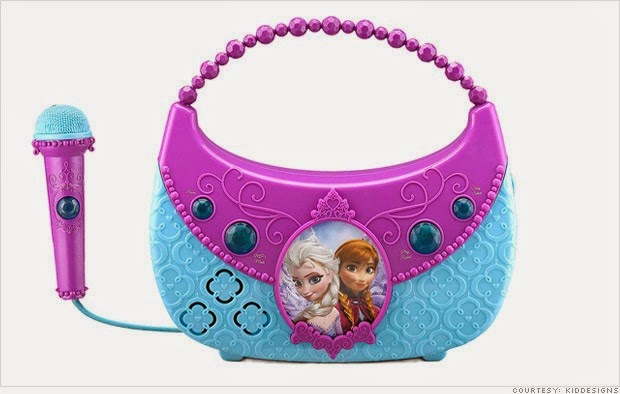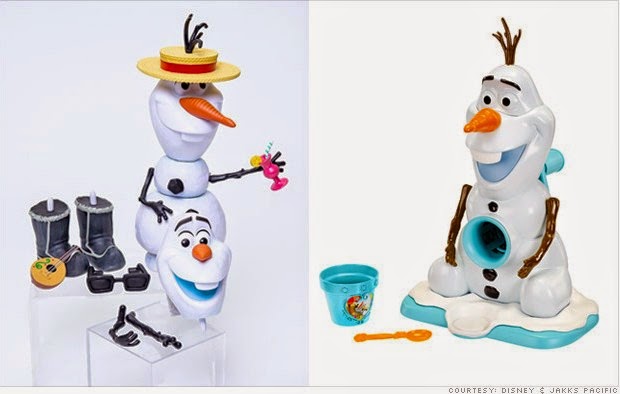"The phrase "Disney realism" was meant to be ironic, although it is not so in a simple way. Disney people clearly knew they were not telling the truth.[...]But the Disney designers ("imagineers") were also Pollyannas. Many of them actually believed, in a relatively uncynical and optimistic fashion, that the world would be a better place if history could be rewritten, leaving in only the parts that "should have happened."People complain about the way Disney portrays the past at the theme parks -- claiming that it's a rose-colored glasses view of history. Which seems a bit of a silly complaint to me. After all, theme parks are vacation spots, where people go to smile and laugh and spend time with their families. They're not focused on historical veracity, and if Main Street in the Magic Kingdom is an idealized version of the past that smells like vanilla and apple pie, I don't see anything wrong with that. Disney World is not Colonial Williamsburg, and people don't go there to learn history.
Now, I'll admit that Distory can be problematic at times in the films. See Pocahontas, which clearly does not tell the true story. And here's where the discussion takes an interesting turn. Yes, Disney butchered the historical narrative of Pocahontas. But it's a children's film--would we want to expose them to the truths of that story? The response might be, "Then don't adapt that story. Pick another fairy tale."
And that's the thing that really bugs me: people picking on Disney (both the man and the company) for not only which stories they tell, but the way in which they tell them. Walt Disney was a storyteller and, like many before him, he was drawn to specific stories for specific reasons and he told them the way he wanted to them. (There is SO much more that can be said on that topic, but I'll leave it be.) And he had his reasons for rewriting them, and for focusing so heavily on that "happily-ever-after."
There's a line in Saving Mr. Banks where Tom Hanks-as-Disney says essentially just that: he's talking to Emma Thompson's P. L. Travers and trying to explain just why he wanted to adapt Mary Poppins and why the promise to his daughter meant so much to him. He explains to her that he's a storyteller, and he asks her, "Aren't you tired of remembering it that way?"
And in that moment -- in the context of the story they told -- I didn't care that I knew P. L. Travers hated the film. I didn't care that I knew the story ended another way. And it's not out of any disrespect for P. L. Travers or her story; as a children' lit scholar, I certainly value and recognize the importance of her story and her version of the story.
But if there was any truth to it -- any truth to the psychological sadness she suffered as a result of her childhood -- then I have to applaud the message. Because remembering the bad -- focusing on the negative -- blaming yourself for things out of your control: they can all be exhausting and damaging things. And if you have the power to retell your story and change the ending to one you want, then why not? Perhaps I should clarify: both Travers and Disney retold their stories in an external medium. Mary Poppins left when the Banks family no longer needed her, when they were whole and happy. Every story that Walt retold ended happily because he could end it that way. There's a difference, I think, between telling a happy story and pretending that your own life happened in a way it didn't.
And that's the beauty of fiction, isn't it? You can't change biography. Things happened the way they did: Elias Disney wasn't the most supportive, encouraging father; Travers Goff died when P. L. Travers was a little girl; and the working relationship between Disney and Travers was tenuous at best. We can't change that. But Disney can give other children happily-ever-afters and Travers can give other children the happy family she never had.








